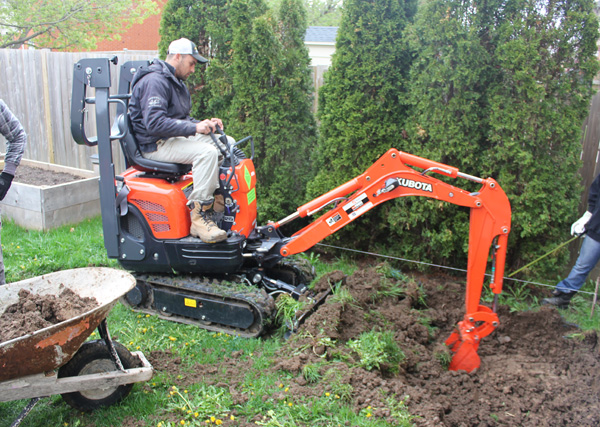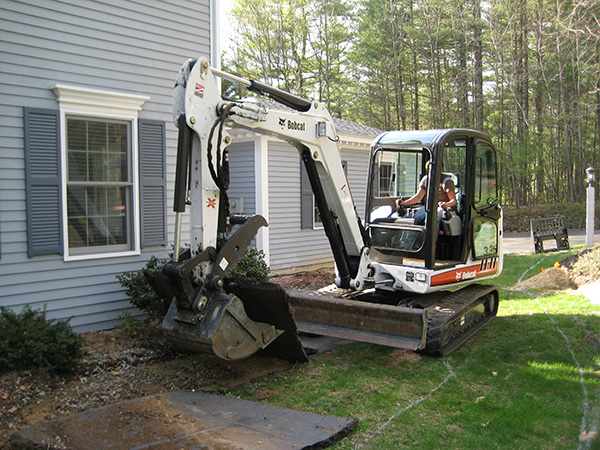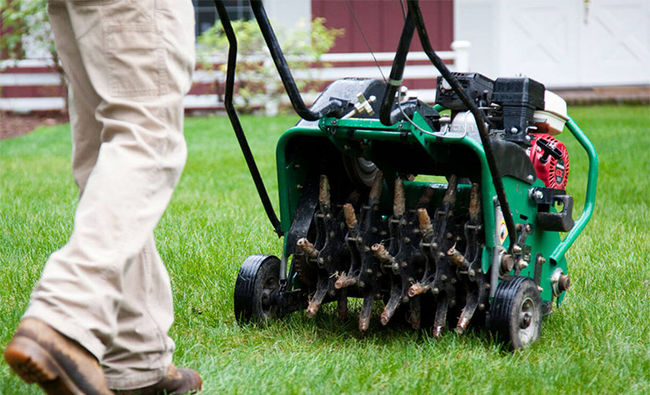Backyard Excavation: 5 Tips to Using the Right Tracks on an Excavator

If you are planning a backyard excavation DIY, you may want to read our tips on using an excavator the right way!

If you frequently take on construction projects, you probably understand just how important excavators and other earth-moving machines are. Excavators come in a wide range of sizes to meet your particular project requirements. These sturdy machines are equipped with movable arms as well as a versatile track to facilitate its movement. However, when it comes to choosing between steel and rubber tracks, many operators are normally caught between a rock and a hard place.
Both tracks have varied uses. Fortis Heavy Equipment Tracks have an assortment of tracks to choose from. They will also offer you sound advice regarding the appropriate tracks to pick out for your excavator.
Here are 5 tips to using the right tracks on an excavator:
Terrain type
Rubber tracks are best suited in muddy worksites and uneven terrains. These tracks contain deeper treads to support truculent traction. Steel tracks, on the other hand, are a great choice if you constantly work in inclined surfaces or under abrasive conditions. Steel typically packs more weight than rubber. This extra weight enhances flotation, traction and stability. So consider the type of terrain you’re working on before making any decision.

Durability
Steel tracks are tougher than their rubber counterparts. They can operate in an array of conditions and naturally last for many years. For extra padding, rubber pads are usually bolted onto steel tracks. This prevents the tracks from damaging pavements, concrete pathways and other sensitive surfaces on which they move. Shifting gears, rubber tracks experience more pronounced wear-and-tear over a shorter period. This means you’ll need to replace it after some time.
Noise levels
If you’ve walked past a live construction site having an excavator with steel tracks, you’ll notice how irritatingly loud the excavator was. Steel tracks constantly clatter along gravel or concrete surfaces, creating a loud noise. If you are planning a backyard makeover either installing synthetic grass or creating a new garden bed, keep in mind that this will take some time. Rubber tracks absorb the shock waves that result from treading along the given terrain. Consequently, they make less noise and are delightfully neighbor-friendly. You won’t have to worry about distracting the entire cul-de-sac with your excruciatingly loud construction project.
Vibration reduction
The lower the vibrations, the longer the machine life. Operating an excavator for your backyard makeover when trying to sell your house all while having steel tracks will cause a lot of vibration. As a result, maintenance costs will soar and the machine’s lifetime will plummet significantly. Rubber tracks help to lower vibration and therefore enhance the machine’s lifespan. In addition, you can drive a rubber-tracked excavator much faster without having to jeopardize the machinery’s structural integrity. The only downside is that you’ll constantly have to replace your rubber tracks since they wear out rapidly.
Cost of the track
Steel tracks are very expensive, and rightfully so. If well maintained, these tracks can maintain their tiptop condition for decades. It’s wise to fit your steel tracks with rubber pads to slow down the rate of wear-and-tear. Rubber tracks are cheap and thus quite affordable. However, they are not as durable as their steel counterparts, so you’ll require to replace them frequently. Weigh out these options before purchasing any particular tracks for your machinery.







Leave a Comment